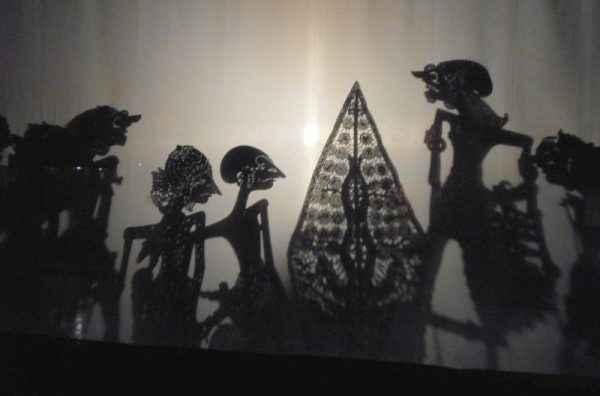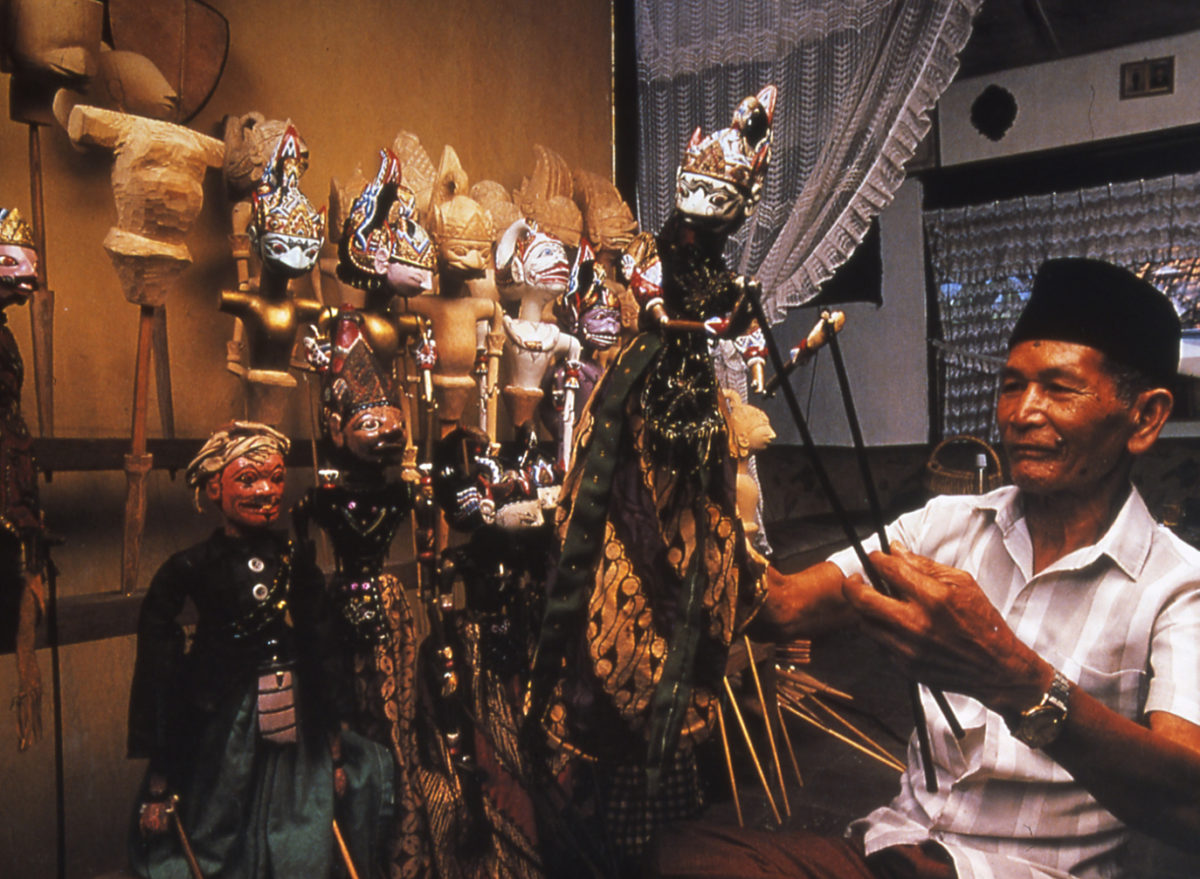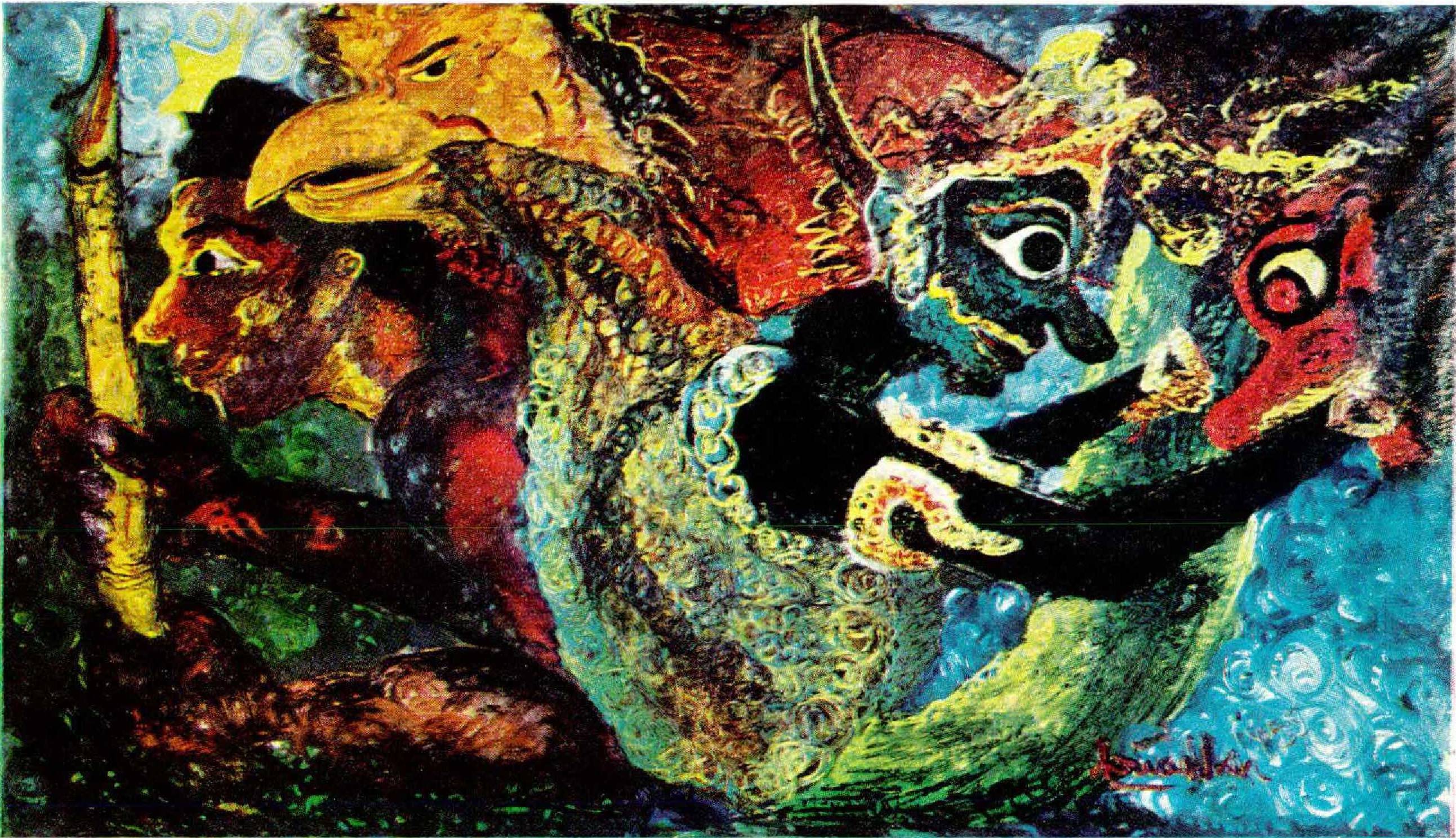Indonesian Art and Culture

Indonesian art and culture reflect a rich tapestry of traditions and influences. Explore the vibrant artistic expressions rooted in centuries-old customs and beliefs. From intricate traditional dances to the intricate art of batik, Indonesia’s cultural heritage is diverse and captivating. Discover the enchanting world of Wayang Kulit shadow puppetry and the enchanting sounds of traditional Indonesian music. Immerse yourself in the modern art scene that seamlessly blends contemporary styles with traditional elements. Welcome to the colorful world of Indonesian art and culture!
Overview of Indonesian art and cultural heritage
Indonesia’s art and cultural heritage are deeply rooted in a diverse blend of traditions from various regions. The country’s artistic expressions reflect influences from Hindu, Buddhist, and Islamic cultures. Traditional arts like batik, wayang kulit, and gamelan music play vital roles in preserving Indonesia’s rich heritage. Each art form has unique characteristics that contribute to the country’s colorful and multicultural identity. Explore Indonesia’s art and culture to experience the beauty of its traditional and contemporary artistic expressions.
Significance of Indonesian traditional art forms
Indonesian traditional art forms hold great cultural significance. They serve as a connection to the country’s rich history and diverse heritage. Through these art forms, you can explore the stories, beliefs, and values that have been passed down through generations. Traditional art in Indonesia plays a vital role in preserving the country’s identity and showcasing the creativity and skill of its people. Embracing these art forms allows you to appreciate the depth and beauty of Indonesia’s cultural heritage.
Traditional Indonesian Dance

Indonesian traditional dances are a vibrant reflection of the country’s diverse culture. You can explore a variety of dance forms, each with unique movements and stories. These dances often showcase traditional attire and music, adding to the overall cultural experience. Indonesian dance forms, such as the Javanese Gamelan dance or the Balinese Legong, are known for their intricate choreography and symbolic gestures. Learning about these traditional dances can give you a deeper understanding of Indonesia’s artistic heritage.
Explanation of Indonesian traditional dances
Indonesian traditional dances encompass a rich tapestry of movements passed down through generations. These dances are characterized by intricate gestures and storytelling elements. Each movement holds symbolic meaning, reflecting the cultural narratives and beliefs of the Indonesian people. Through traditional dances, Indonesians express reverence for their heritage and connect with their ancestors. The fluid movements and graceful postures in these dances showcase the beauty and depth of Indonesia’s cultural traditions.
Cultural importance and variations of traditional Indonesian dance forms
Traditional Indonesian dance forms hold immense cultural significance, reflecting the diversity and history of the nation. Various regions in Indonesia boast unique dance styles, each showcasing distinct movements and costumes. From the graceful movements of Javanese and Balinese dances to the dynamic character of Sulawesi and Sumatran dances, Indonesian traditional dance forms capture the essence of Indonesia’s rich cultural heritage. Embracing these diverse dance variations allows for a deeper appreciation of Indonesia’s artistic traditions.
Indonesian Batik Art

Indonesian batik art is a traditional craft with a unique history and technique. The intricate patterns are created through wax-resist dyeing on fabric. Each batik design holds cultural symbolism, representing stories, beliefs, and traditions. The rich colors and detailed motifs make Indonesian batik highly sought after worldwide for its beauty and cultural significance. Indonesians wear batik on special occasions and as a symbol of national pride. The art of batik continues to thrive and evolve in contemporary Indonesia.
History and technique of Indonesian batik art
Indonesian batik art has a rich history that dates back centuries. The technique involves applying wax on fabric to create intricate patterns. After waxing, the fabric is dyed, and the wax is removed to reveal the design. This process is repeated multiple times to achieve colorful and detailed motifs. Indonesian batik artisans use a tool called a canting to apply the wax meticulously, showcasing their skill and creativity.
Symbolism and cultural significance of batik patterns
Indonesian batik patterns hold deep cultural meanings. Each motif and design reflects stories, symbols, and traditions passed down through generations. The patterns often symbolize aspects of nature, folklore, or religious beliefs. For example, the “parang” motif represents strength and power, while the “kawung” motif symbolizes harmony and balance. Wearing batik with specific patterns can also signify social status or celebrate important life events. The intricate designs showcase the rich heritage and artistic expression of Indonesian culture.
Wayang Kulit
Indonesian Shadow Puppetry, or Wayang Kulit, is a traditional art form where intricately designed leather puppets are used for storytelling. You will be mesmerized by the beautiful shadow play created when these puppets are brought to life against a backlit screen. The performances often depict ancient epics and mythological tales, connecting audiences to Indonesia’s rich cultural heritage. Wayang Kulit plays a vital role in preserving and passing down traditional stories and values through captivating theatrical presentations.
Indonesian Shadow Puppetry

Indonesian Shadow Puppetry, also known as Wayang Kulit, is a traditional art form where intricate leather puppets are used to tell stories. You will be captivated by the beautiful shadow play created on a backlit screen. The performances often portray ancient epics and mythological tales, connecting you to Indonesia’s rich cultural heritage. Wayang Kulit plays a crucial role in preserving and passing down traditional stories and values through captivating theatrical presentations.
Explanation of Wayang Kulit and its traditional performances
In Wayang Kulit, intricate leather puppets are used for traditional storytelling. The puppeteer, called a dalang, manipulates these puppets behind a backlit screen. Each character represents different personalities or deities. The dalang narrates epic tales with songs and dialogue, accompanied by music. The audience watches the shadow play, featuring beautifully detailed figures and engaging narratives, creating a mesmerizing theatrical experience.
Role of Wayang Kulit in Indonesian cultural storytelling

Wayang Kulit plays a vital role in Indonesian cultural storytelling. It preserves ancient tales, myths, and legends, passing down traditions from generation to generation. Through intricate puppet shows, Wayang Kulit educates audiences on moral values, historical events, and cultural beliefs. The art form serves as a medium to connect the past with the present, keeping Indonesia’s rich heritage alive through captivating performances and engaging narratives.
Indonesian Traditional Music
Indonesian traditional music encompasses a wide array of unique instruments and styles. You can explore the intricate sounds of instruments like the gamelan, which holds deep cultural significance. The rhythmic patterns and melodious tones of traditional Indonesian music create a captivating auditory experience. Immersing yourself in this music can offer insights into the rich musical heritage of Indonesia. Discover the beauty and artistry of Indonesian traditional musical expressions.
Introduction to Indonesian traditional musical instruments

Indonesian traditional musical instruments are diverse and unique. You will be fascinated by the variety of traditional instruments used in Indonesian music. From the melodious sounds of the gamelan to the rhythmic beats of drums like kendang, these instruments showcase the rich cultural heritage of Indonesia. Each instrument has its own significance and plays a crucial role in traditional music performances. Explore the enchanting world of Indonesian traditional musical instruments and discover their captivating melodies.
Exploration of Gamelan music and its importance in Indonesian culture
Gamelan music, with its intricate melodies and rhythmic patterns, is a cornerstone of Indonesian culture. You’ll find Gamelan ensembles in traditional ceremonies, rituals, and performances across the country. The significance of Gamelan goes beyond entertainment; it is deeply intertwined with religious and social aspects of Indonesian life. Through Gamelan, Indonesians preserve their heritage, pass down traditions, and create a sense of community cohesion. Its hypnotic sounds connect people to their roots and history.
Modern Indonesian Art Scene
In the modern Indonesian art scene, you’ll find a vibrant mix of traditional elements and contemporary styles. Artists blend age-old techniques with innovative approaches to create unique pieces that reflect Indonesia’s rich cultural tapestry. From paintings to sculptures, Indonesian art today showcases a diverse range of perspectives and influences, capturing the essence of both past and present. This fusion of traditions and modernity contributes to the dynamic and evolving nature of Indonesia’s art landscape.
Overview of contemporary Indonesian art movement

In the contemporary Indonesian art scene, artists are combining traditional techniques with modern styles. They are exploring new forms of expression and pushing boundaries. Contemporary Indonesian art reflects the diverse cultural influences of the country. Artists are addressing social issues, cultural identity, and global trends in their works. The art movement is vibrant and evolving, attracting attention both locally and internationally.
Integration of traditional elements in modern Indonesian art
In modern Indonesian art, traditional elements are seamlessly integrated to create a unique blend of heritage and contemporary expression. Artists incorporate traditional motifs, techniques, and cultural symbols into their works, giving them a sense of authenticity and depth. This fusion adds a rich layer of cultural significance to the art, bridging the past with the present. By weaving traditional elements into modern art forms, Indonesian artists pay homage to their cultural roots while exploring new artistic frontiers.
